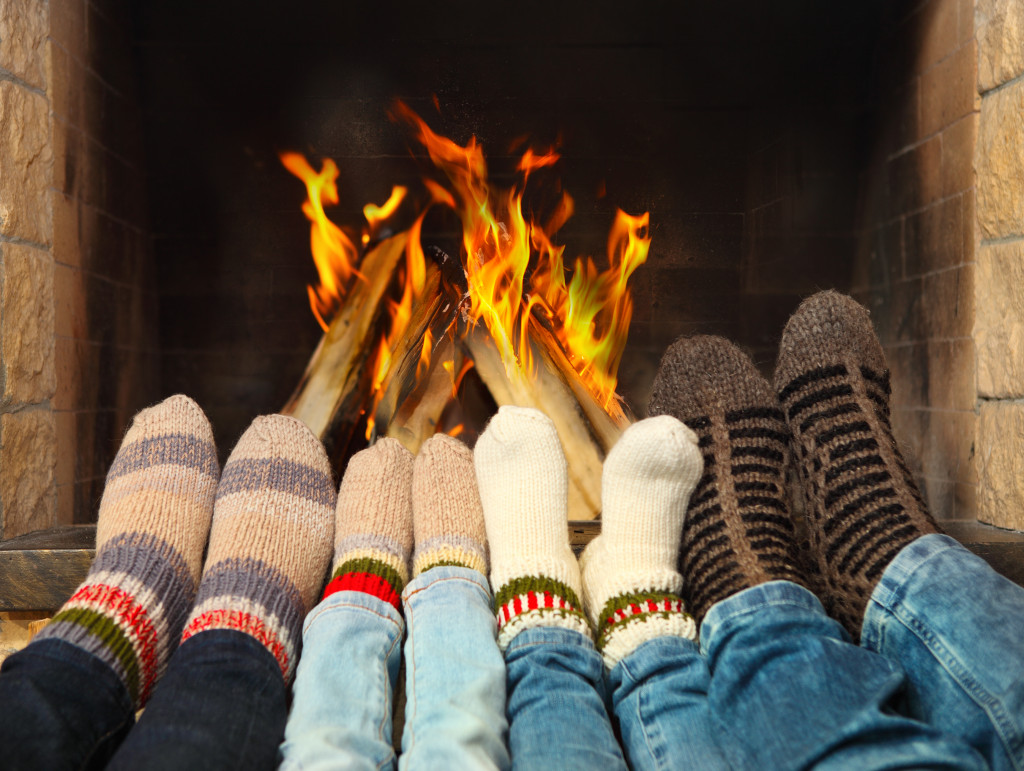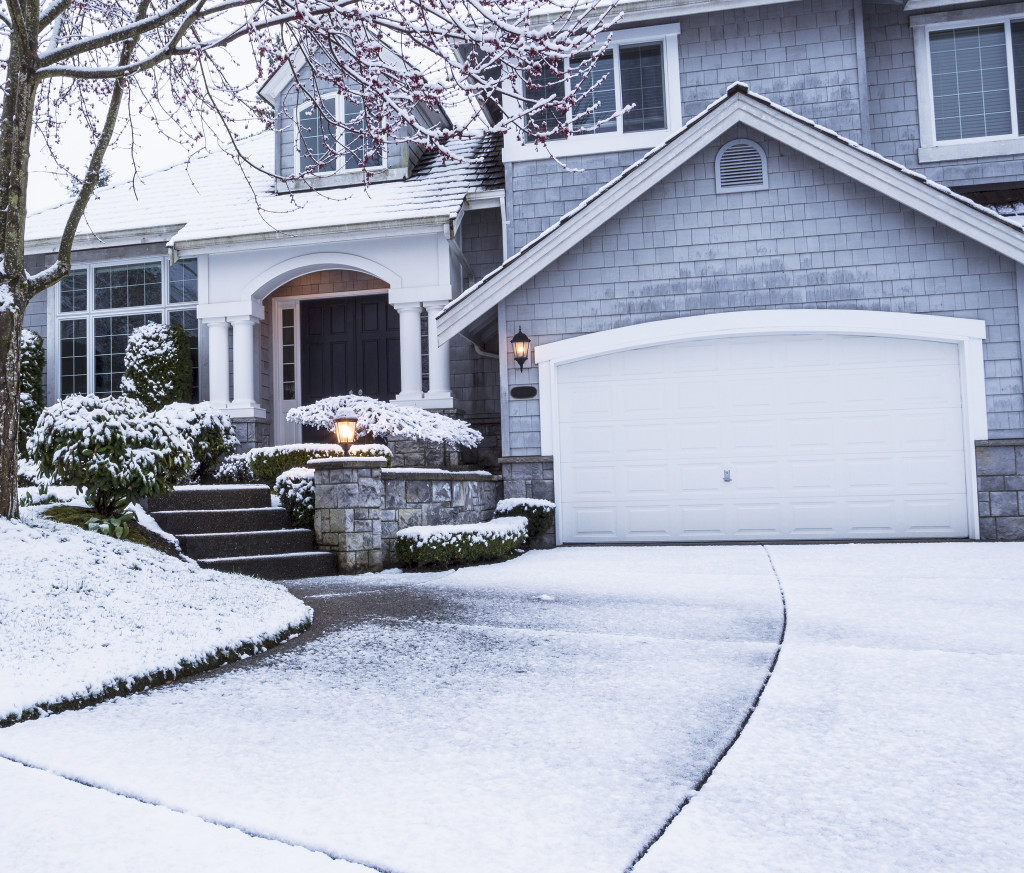Making your home more sustainable for winter doesn’t have to be complicated. In fact, you can make many small changes that will add up to a big difference over time. This article will discuss some of the best ways to make your home more sustainable for winter and provide tips on sticking to these changes throughout the colder months.
Get a Programmable Thermostat
One of the easiest ways to make your home more sustainable for winter is to get a programmable thermostat. This will let you lower the temperature while you’re away and raise it just before you return home. This way, you won’t be wasting energy heating an empty house.
If you have difficulty remembering to adjust the thermostat manually, you can also set it to “vacation mode,” which will automatically make these changes for you based on your schedule. Also, keep the temperature consistent throughout your home by closing vents in unused rooms and opening them up in areas you frequent.
Invest in Energy-Efficient Appliances
Did you know that your appliances account for about 20% of your home’s energy usage? So, investing in energy-efficient appliances is a good idea if you want to make your home more sustainable for winter. There are a few different ways to tell if an appliance is energy-efficient. First, look for the ENERGY STAR label, which means the appliance meets strict energy-efficiency guidelines set by the U.S. Environmental Protection Agency.
You can also check the appliance’s yellow EnergyGuide label. This label provides estimates of the appliance’s annual energy usage and operating costs so you can compare different models before making a purchase.
Install Insulation
Proper insulation is key to making your home more sustainable for winter. It helps to keep heat from escaping and prevents cold air from coming in. As a result, your home will be more comfortable, and you’ll save money on your energy bills.
There are many types of insulation, so it’s important to choose the right one for your needs. For example, blown-in insulation may be a good option if you live in an older home with drafty walls. This type of insulation is blown into the wall cavity using a special machine.
If you’re building a new home or adding an addition, you may want to consider spray foam insulation. This type of insulation is sprayed onto the walls and expands to fill any gaps. It’s also a good choice for homes with high ceilings or difficult-to-reach areas.

Invest in Greenhouse
If you have a green thumb, consider investing in a greenhouse for cold climates. Greenhouses provide a warm, controlled environment for plants and can be used year-round. Not only will the greenhouse help you to grow fresh fruits and vegetables year-round, but it can also cut down on your grocery bill.
With a greenhouse, you can grow your own food and save money at the same time. Plus, you’ll be doing your part to reduce your carbon footprint. Not only is growing your own food more sustainable, but it’s also healthier since you’ll know exactly what’s going into your plants.
Wrap Your Water Heater
If you have an electric water heater, you can make it more sustainable for winter by wrapping it in an insulation blanket. This will help to keep the heat in and prevent energy loss. You can find insulation blankets at most hardware stores. Just be sure to turn off the power to the water heater before you start wrapping it.
In addition to wrapping your water heater, you can also insulate the pipes leading to and from it. This will help to keep the water hot as it travels through the pipes and into your home. You can find pipe insulation at most hardware stores as well.
Consider a Geothermal Heating System
No matter how many sustainability measures you take, your home will still lose some heat during the winter. One way to combat this heat loss is to install a geothermal heating system. A geothermal heating system works by using the earth’s natural heat to warm your home.
A series of underground pipes are used to circulate water or another fluid through the earth. The fluid then absorbs the earth’s heat and brings it back to your home, where it’s used to heat your living space. Geothermal heating systems are more expensive to install than traditional heating systems, but they’re much more efficient. As a result, you’ll save money on your energy bills in the long run.
There you go! These are just a few ways to make your home more sustainable for winter. By taking these steps, you’ll be able to keep your home comfortable and save money on your energy bills at the same time. So why not give it a try? Your wallet—and the planet—will thank you.

